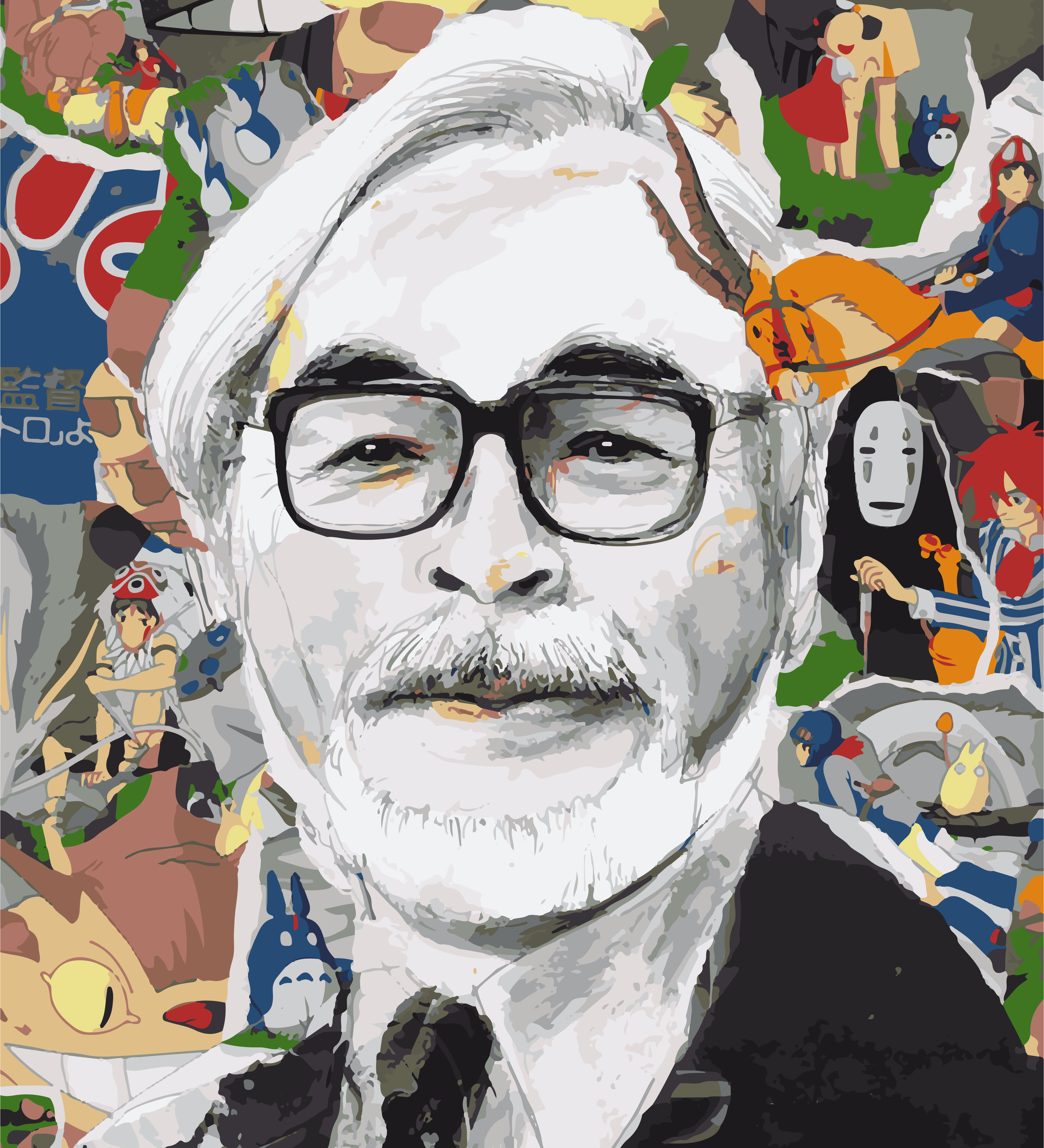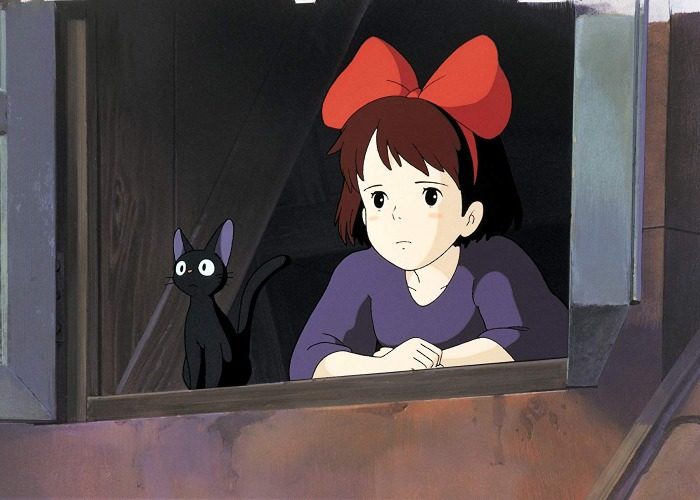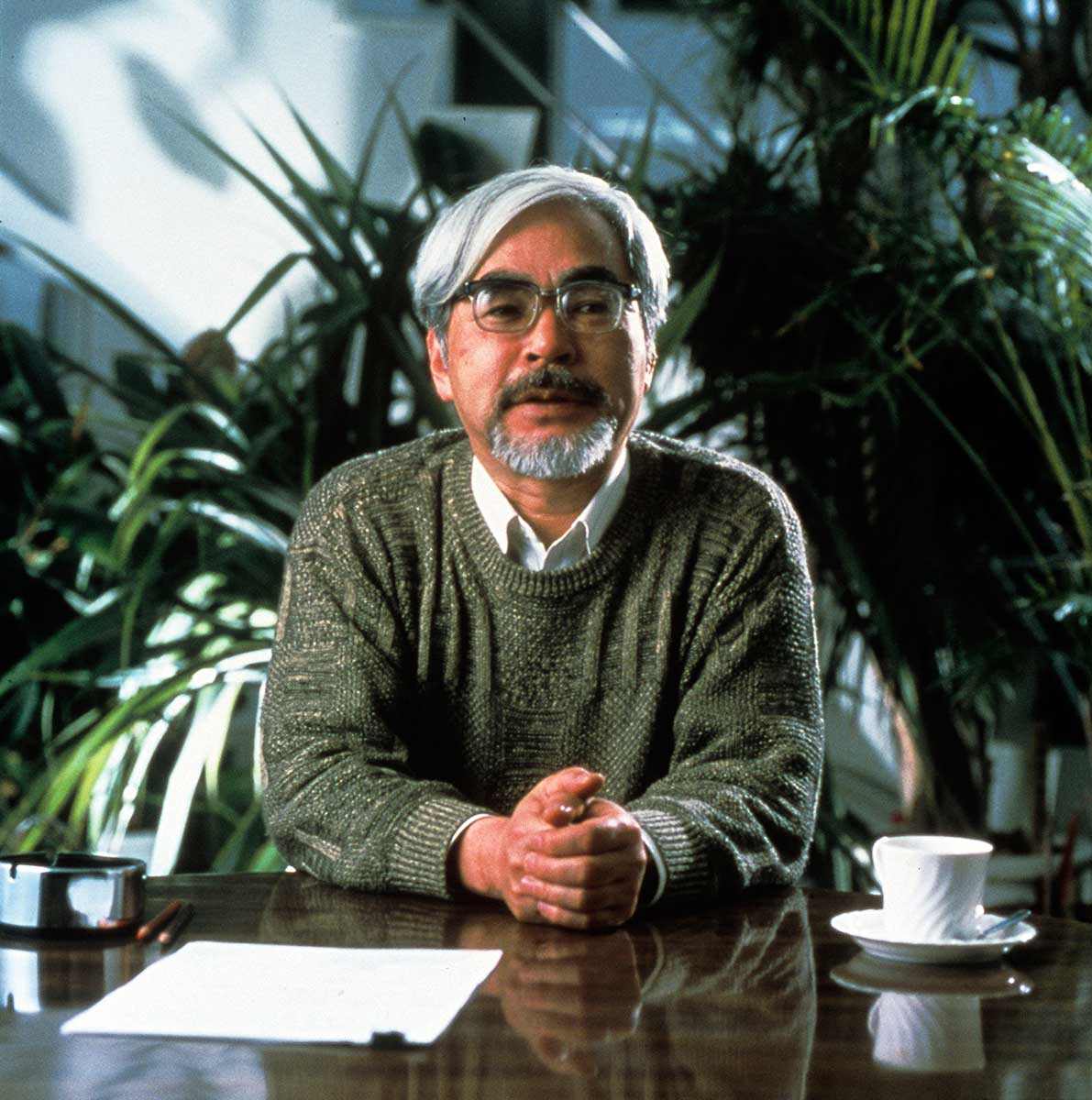About
Studio Ghibli

Studio Ghibli, Inc. (Japanese: 株式会社スタジオジブリ) is a Japanese animation film studio based in Koganei, Tokyo, Japan. The studio is best known for its anime feature films, and has also produced several short films, television commercials, and one television film. It was founded on 15 June 1985, after the success of Nausicaä of the Valley of the Wind (1984), with funding by Tokuma Shoten. Studio Ghibli has also collaborated with video game studios on the visual development of several video games.
Six of Studio Ghibli's films are among the 10 highest-grossing anime films made in Japan, with Spirited Away (2001) being the highest, grossing over US$360 million worldwide. Many of their works have won the Animage Anime Grand Prix award, and four have won the Japan Academy Prize for Animation of the Year. Five of Studio Ghibli's films have received Academy Award nominations. Spirited Away won the Golden Bear in 2002 and the Academy Award for Best Animated Feature Film in 2003. Totoro, a character from My Neighbor Totoro, is the studio's mascot.
On 3 August 2014, Studio Ghibli temporarily halted production following the retirement of director Hayao Miyazaki, who co-founded the studio with the late Isao Takahata. In February 2017, Toshio Suzuki announced that Miyazaki had come out of retirement again to direct a new feature film, How Do You Live?, with Studio Ghibli.
Message and Style

Miyazaki's works are characterized by the recurrence of themes such as environmentalism, pacifism, feminism, love and family. His narratives are also notable for not pitting a hero against an unsympathetic antagonist.
Miyazaki's films often emphasize environmentalism and the Earth's fragility. Margaret Talbot stated that Miyazaki dislikes modern technology and believes much of modern culture is "thin and shallow and fake"; he anticipates a time with "no more high-rises". Miyazaki felt frustrated growing up in the Shōwa period from 1955–65 because "nature — the mountains and rivers — was being destroyed in the name of economic progress". Peter Schellhase of The Imaginative Conservative identified that several antagonists of Miyazaki's films "attempt to dominate nature in pursuit of political domination and are ultimately destructive to both nature and human civilization". Miyazaki is critical of capitalism, globalization, and their effects on modern life. He believes that "a company is common property of the people that work there".
Several of Miyazaki's films feature anti-war themes. Daisuke Akimoto of Animation Studies categorized Porco Rosso as "anti-war propaganda";he felt that the main character, Porco, transforms into a pig partly due to his extreme distaste of militarism. Akimoto also argues that The Wind Rises reflects Miyazaki's "antiwar pacifism", despite the latter stating that the film does not attempt to "denounce" war. Schellhase also identifies Princess Mononoke as a pacifist film due to the protagonist, Ashitaka; instead of joining the campaign of revenge against humankind, as his ethnic history would lead him to do, Ashitaka strives for peace. David Loy and Linda Goodhew argue that both Nausicaä of the Valley of the Wind and Princess Mononoke do not depict traditional evil, but the Buddhist roots of evil: greed, ill will, and delusion; according to Buddhism, the roots of evil must transform into "generosity, loving-kindness and wisdom" in order to overcome suffering, and both Nausicaä and Ashitaka accomplish this. When characters in Miyazaki's films are forced to engage in violence, it is shown as being a difficult task; in Howl's Moving Castle, Howl is forced to fight an inescapable battle in defense of those he loves, and it almost destroys him, though he is ultimately saved by Sophie's love and bravery.

Suzuki described Miyazaki as a feminist in reference to his attitude to female workers. Miyazaki has described his female characters as "brave, self-sufficient girls that don't think twice about fighting for what they believe in with all their heart", stating that they may "need a friend, or a supporter, but never a saviour" and that "any woman is just as capable of being a hero as any man". Nausicaä of the Valley of the Wind was lauded for its positive portrayal of women, particularly the protagonist Nausicaä. Schellhase noted that the female characters in Miyazaki's films are not objectified or sexualized, and possess complex and individual characteristics absent from Hollywood productions. Schellhase also identified a "coming of age" element for the heroines in Miyazaki's films, as they each discover "individual personality and strengths". Gabrielle Bellot of The Atlantic wrote that, in his films, Miyazaki "shows a keen understanding of the complexities of what it might mean to be a woman". In particular, Bellot cites Nausicaä of the Valley of the Wind, praising the film's challenging of gender expectations, and the strong and independent nature of Nausicaä. Bellot also noted that Princess Mononoke's San represents the "conflict between selfhood and expression".
Miyazaki is concerned with the sense of wonder in young people, seeking to maintain themes of love and family in his films. Michael Toscano of Curator found that Miyazaki "fears Japanese children are dimmed by a culture of overconsumption, overprotection, utilitarian education, careerism, techno-industrialism, and a secularism that is swallowing Japan’s native animism".


